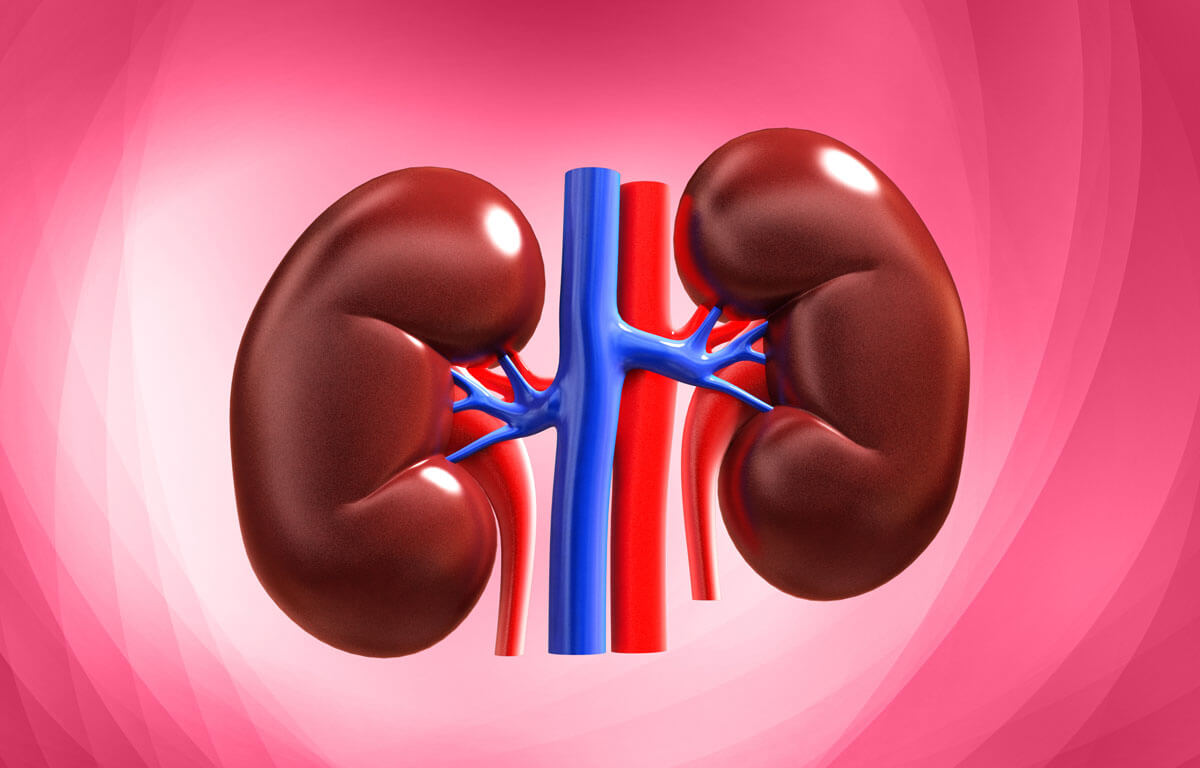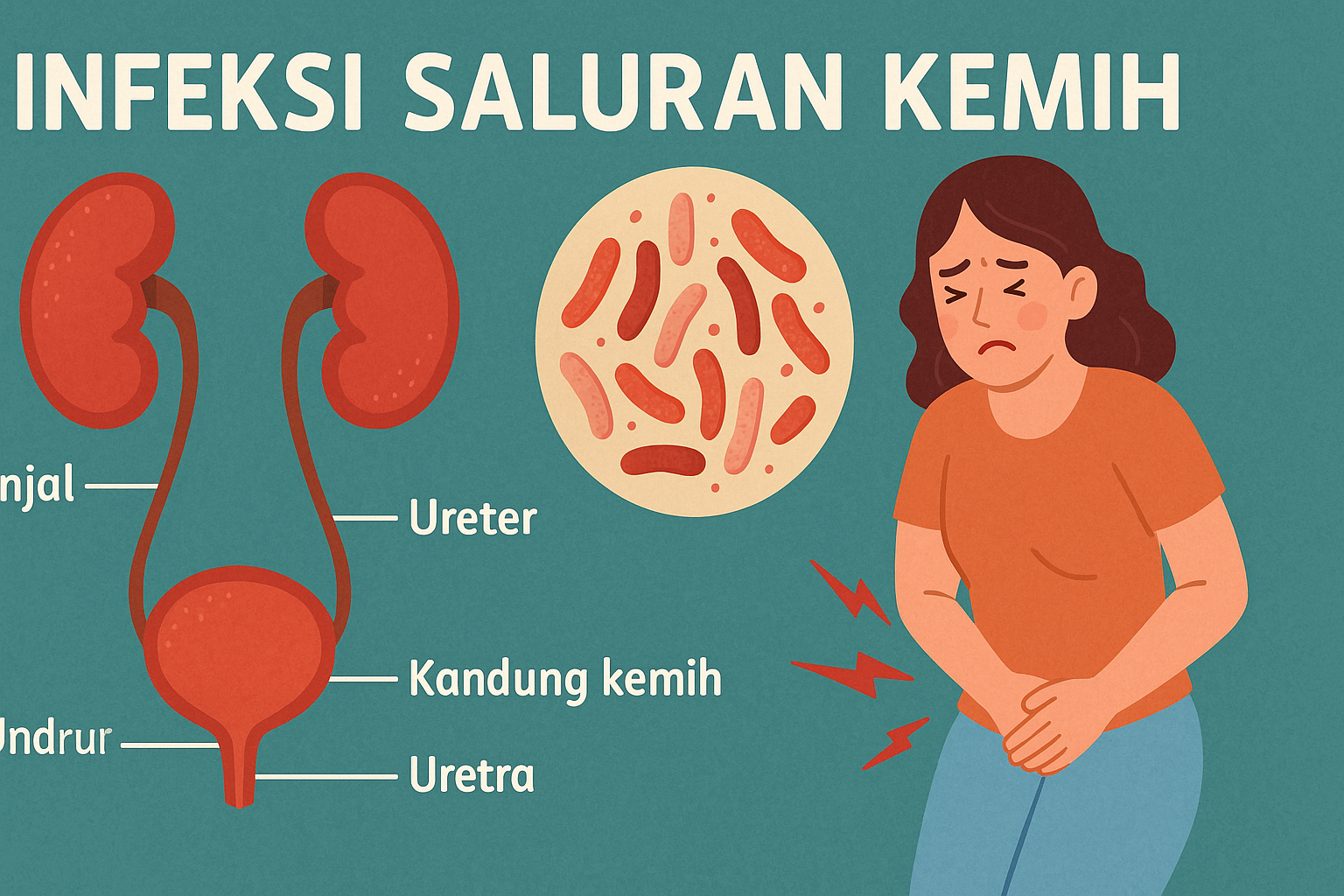Physical therapy is an essential healthcare service that helps individuals regain strength, flexibility, and mobility after illness, injury, or surgery. Through specialized techniques, physical therapists improve patients’ quality of life by easing pain, restoring function, and promoting overall physical wellness. This article explores key physical therapy techniques, their applications in rehabilitation and recovery, and highlights the benefits of engaging in physical therapy treatments.
Understanding Physical Therapy

Physical therapy, also known as physiotherapy, involves assessing, diagnosing, and treating musculoskeletal, neurological, cardiovascular, and respiratory conditions. Licensed physical therapists design personalized rehabilitation programs tailored to each patient’s unique condition, goals, and capabilities. Treatment typically includes therapeutic exercises, manual therapy, education, and targeted modalities to support the healing and recovery process.
Goals of Physical Therapy
The primary objectives of physical therapy include:
-
Pain reduction: Alleviating acute and chronic pain.
-
Improved function: Restoring strength, balance, flexibility, and mobility.
-
Injury prevention: Providing education and exercises to reduce future injury risk.
-
Recovery enhancement: Accelerating the healing process after injuries or surgeries.
-
Patient education: Teaching individuals to manage conditions independently.
By setting personalized, achievable goals, physical therapists actively guide patients toward successful rehabilitation outcomes.
Common Conditions Treated by Physical Therapy
Physical therapists treat various medical conditions and injuries, including:
-
Orthopedic injuries: Fractures, sprains, tendonitis, arthritis, back pain, post-surgery recovery.
-
Neurological conditions: Stroke, Parkinson’s disease, multiple sclerosis, spinal cord injuries.
-
Sports-related injuries: ACL tears, rotator cuff injuries, ankle sprains, muscle strains.
-
Cardiopulmonary disorders: Chronic obstructive pulmonary disease (COPD), cardiac rehabilitation.
-
Pediatric conditions: Developmental delays, cerebral palsy, pediatric orthopedic conditions.
Regardless of condition or severity, physical therapy provides invaluable support for rehabilitation and recovery.
Core Techniques of Physical Therapy
Effective physical therapy involves a combination of specialized techniques designed to restore functionality and relieve symptoms. Some essential techniques include:
1. Therapeutic Exercises
Exercises form the foundation of physical therapy, promoting strength, flexibility, endurance, and balance. Customized exercises might include stretching, strengthening routines, cardiovascular training, core stability exercises, or functional movements to restore daily activities.
2. Manual Therapy
Manual therapy techniques involve direct, hands-on approaches to alleviate pain, improve range of motion, and facilitate healing. Methods include joint mobilization, soft tissue massage, myofascial release, and manipulation, promoting faster recovery and improved joint function.
3. Electrotherapy
Electrotherapy modalities use electrical energy to reduce pain, enhance circulation, stimulate muscle contraction, and promote tissue repair. Examples include transcutaneous electrical nerve stimulation (TENS), neuromuscular electrical stimulation (NMES), and ultrasound therapy.
4. Heat and Cold Therapy
Heat therapy relaxes tense muscles, promotes circulation, and reduces stiffness. Cold therapy decreases inflammation, numbs pain, and reduces swelling. Physical therapists strategically apply these treatments depending on the patient’s stage of recovery.
5. Aquatic Therapy
Aquatic or hydrotherapy involves therapeutic exercises performed in water. Buoyancy reduces pressure on joints, allowing easier movement and improving circulation, balance, strength, and endurance safely and comfortably.
6. Balance and Gait Training
Balance and gait training assist patients who have difficulty walking due to injury, illness, or neurological conditions. Exercises focus on stability, coordination, muscle strengthening, and Retraining proper walking patterns, reducing fall risk and Enhancing Mobility.
Benefits of Physical Therapy in Rehabilitation and Recovery
Physical therapy significantly contributes to recovery processes, providing numerous benefits:
-
Faster healing: Techniques Accelerate recovery by reducing Inflammation and Promoting tissue repair.
-
Enhanced Mobility: Restores and improves joint and muscle function, increasing overall Mobility.
-
Pain management: Minimizes Reliance on pain medications through natural Pain-relief methods.
-
Injury prevention: Strengthening and Conditioning prevent future injuries and enhance performance.
-
Improved quality of life: Patients regain independence and Functionality, Improving confidence and emotional well-being.
Importance of Personalized Treatment Plans
Every patient possesses unique conditions, symptoms, abilities, and recovery goals. Physical therapists assess each patient Individually, creating Personalized plans considering physical capabilities, lifestyle factors, and Rehabilitation objectives. Personalized treatments ensure patients receive targeted, effective care aligned precisely to their needs.
The Role of Patient Education in Physical Therapy
Patient education is a critical component of effective physical therapy. Therapists educate patients about injury management, proper posture, body Mechanics, home exercise routines, and lifestyle Modifications. Equipped with knowledge, patients actively engage in their Rehabilitation journey, Achieving lasting recovery and long-term health improvements.
Future Trends in Physical Therapy
The field of physical therapy continually evolves, Integrating advanced technologies and Evidence-based practices. Emerging trends include:
-
Telehealth physical therapy: Virtual sessions increase Accessibility, Convenience, and ongoing patient support.
-
Wearable technology: Smart devices monitor patient progress, track movements, and provide Real-time feedback.
-
Robotics and virtual reality: Advanced robotic systems and Immersive VR technologies aid Rehabilitation, providing precise, engaging Therapeutic experiences.
-
Holistic approaches: Therapists increasingly incorporate Mindfulness, stress management, nutrition guidance, and comprehensive lifestyle interventions.
These trends demonstrate physical Therapy’s ongoing Progression toward innovative, Personalized, and effective Rehabilitation.
Conclusion
Physical therapy represents a powerful pathway to Rehabilitation and recovery, significantly Improving patient outcomes through targeted, effective interventions. Utilizing Therapeutic Exercises, manual techniques, education, and modern technologies, physical therapists empower individuals to regain independence, reduce pain, enhance Mobility, and prevent future injuries. Engaging with physical therapy fosters lasting health benefits, Ensuring improved quality of life and continued physical Wellness.



